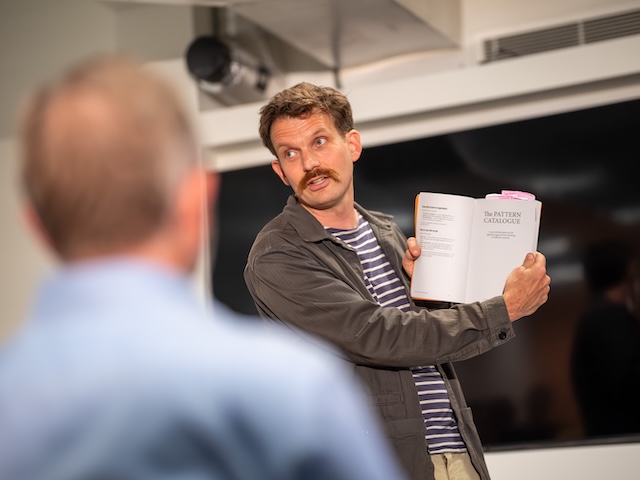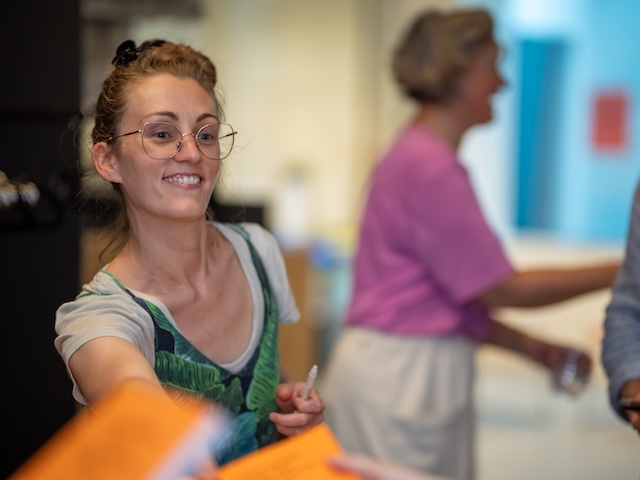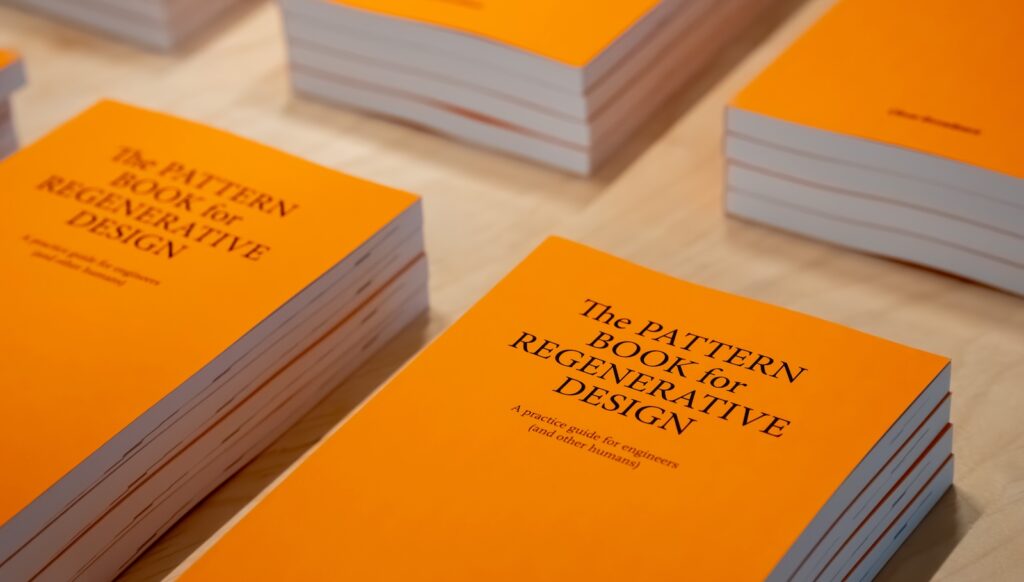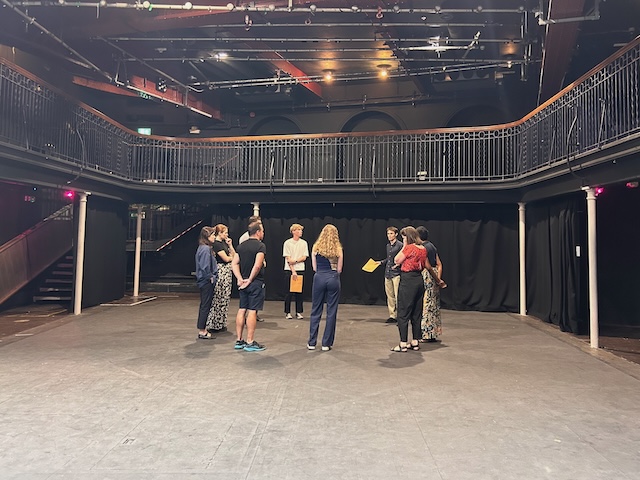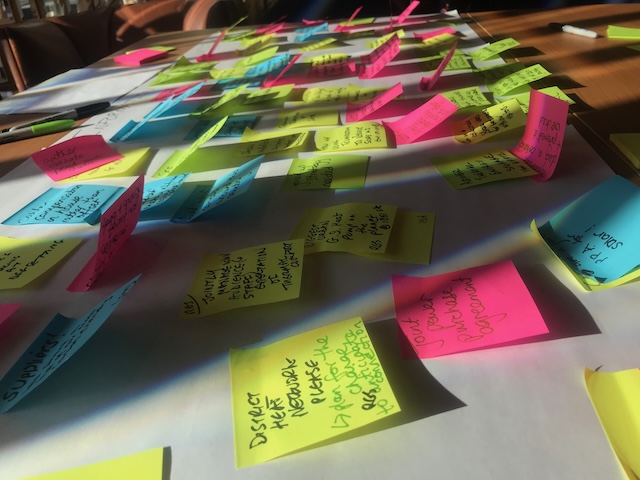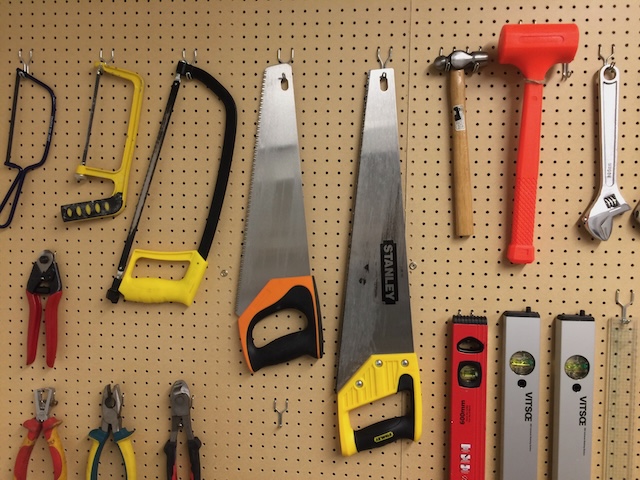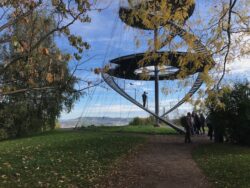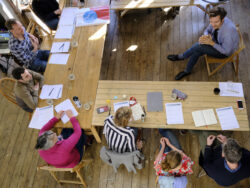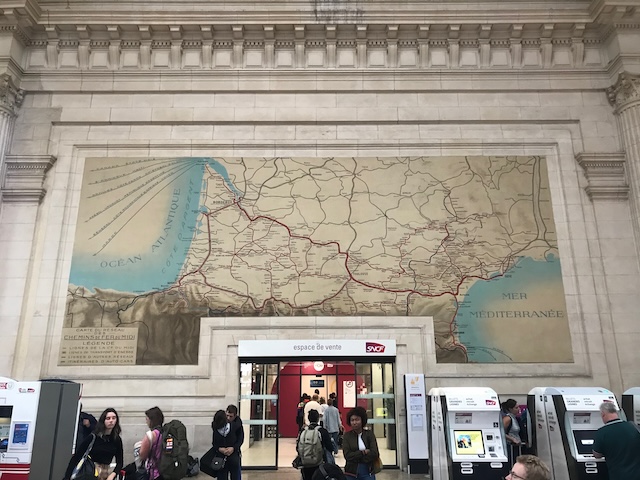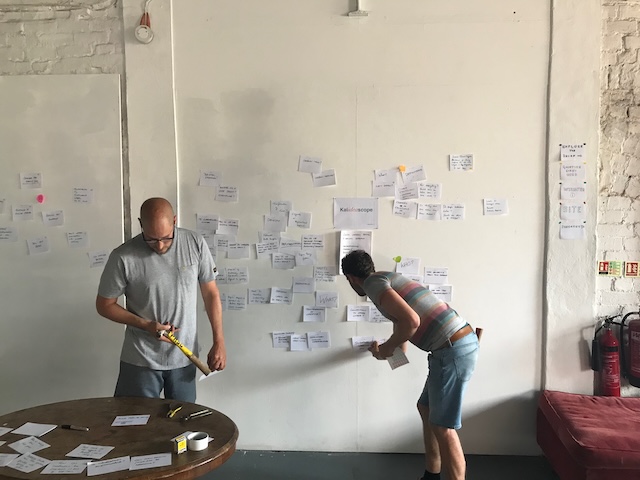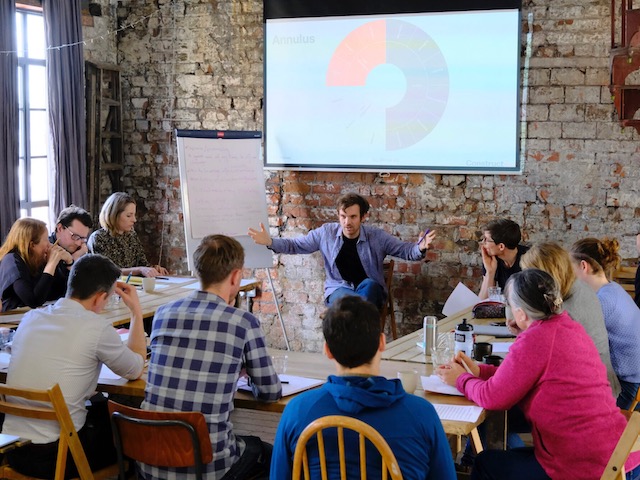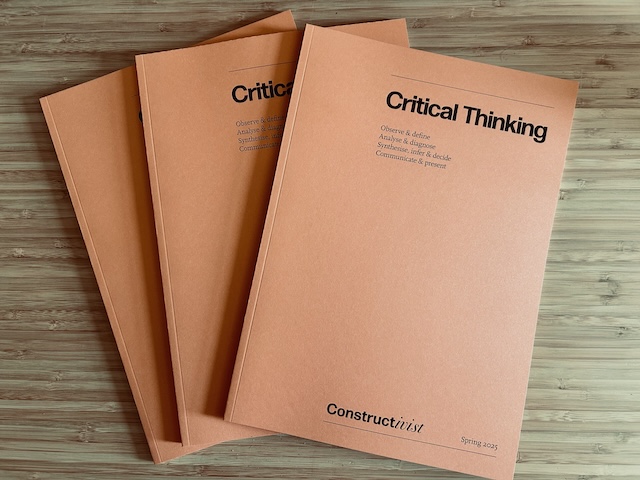Over the last couple of months we’ve been preparing two new online courses introducing regenerative design, and we’re almost ready to launch them.
They’re practice-based introductions for engineers (and other humans) who want to understand the language around regenerative design and how to begin to start thinking regeneratively on projects.
Next Tuesday these two new courses will go live on the Constructivist website:
Feeling the Future — for people who prefer to begin with observation, story, and intuition, and build toward frameworks.
Seeing the System — for those who like to start with systems thinking, then explore how those models show up in lived experience.
Both courses will cover almost exactly the same content, but just organised differently depending on your learning preferences.
Both are four-week online courses. Both are rooted in the Pattern Book for Regenerative Design. And both are designed to enter more confidently into regenerative thinking.
More details (and booking links) coming next Tuesday.

